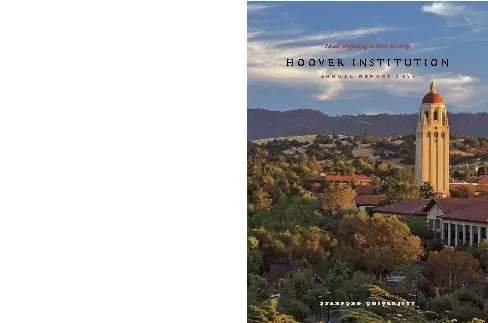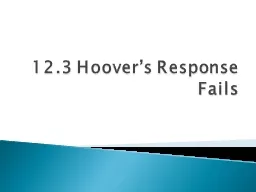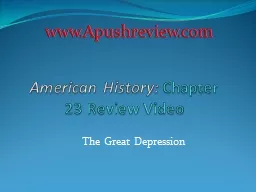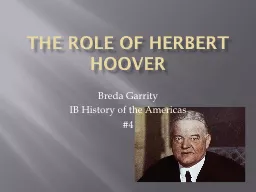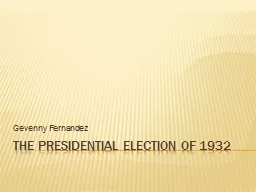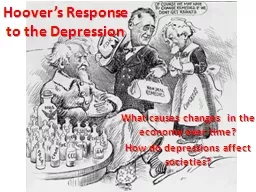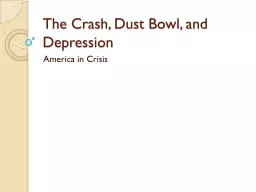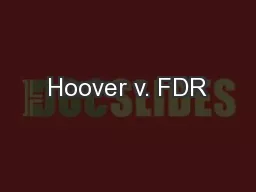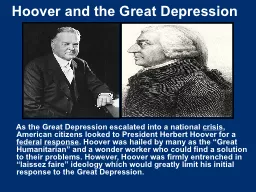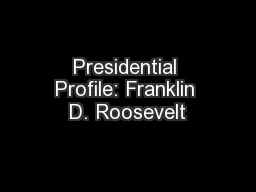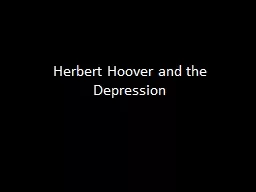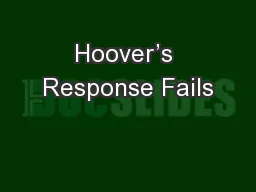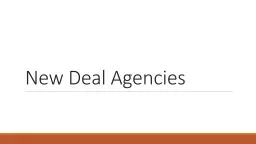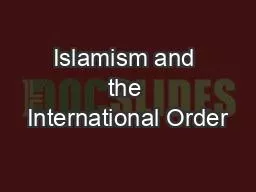PDF-HOOVER INSTITUTION
Author : alexa-scheidler | Published Date : 2017-01-07
434 Galvez Mall Stanford University Stanford CA 943056010 6507231754 wwwhooverorg HOOVER INSTITUTION ANNUAL REPORT 2014 STANFORD UNIVERSITY ANNUAL REPORT 2014 STANFORD
Presentation Embed Code
Download Presentation
Download Presentation The PPT/PDF document "HOOVER INSTITUTION" is the property of its rightful owner. Permission is granted to download and print the materials on this website for personal, non-commercial use only, and to display it on your personal computer provided you do not modify the materials and that you retain all copyright notices contained in the materials. By downloading content from our website, you accept the terms of this agreement.
HOOVER INSTITUTION: Transcript
Download Rules Of Document
"HOOVER INSTITUTION"The content belongs to its owner. You may download and print it for personal use, without modification, and keep all copyright notices. By downloading, you agree to these terms.
Related Documents

